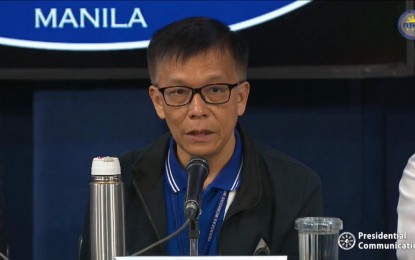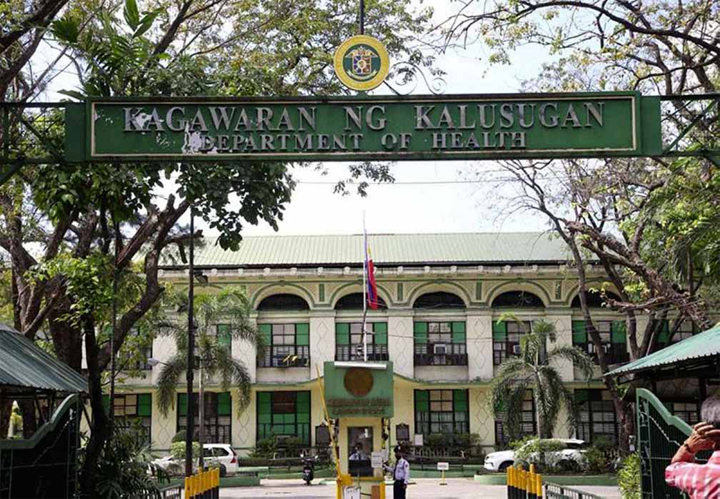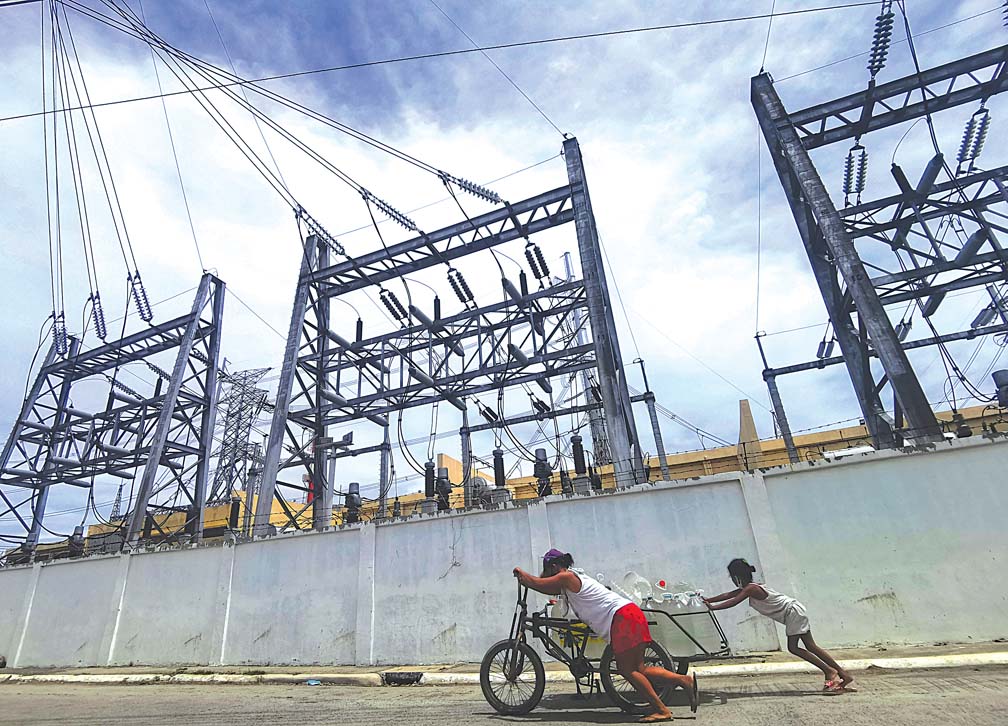DAVAO CITY—The P3-billion modernization of the country’s weather station started here on Wednesday via the required public hearings of its implementing rules and regulation (IRR) to improve its forecasting of both atmospheric disturbances and inland natural calamities generated by typhoons and provide timely warnings to interisland navigation.
Vicente B. Malano, acting administrator of the Philippine Atmospheric, Geophysical and Astronomical Services Administration (Pagasa), said the IRR would also plug the gaping hole left by veteran meteorologists pirated with better compensation and retention offers, and the hiring of personnel to fill in the manpower-depleted agency.
The modernization program would cover the years 2017 to 2019.
The IRR has specifically eyed a P3-billion Pagasa Modernization Fund to be taken from the share of the national government in the gross income of the Philippine Amusement and Gaming Corp. (Pagcor). The money would be released in two schedules, with half of it released no later than January 20 next year and the remaining amount the following year.
“All the money would be spent on infrastructure and equipment,” he said.
New or additional equipment include Doppler radars, high- frequency Doppler radars, meteorological glider or drones, supercomputers and mobile upper-air.
“Some activities, like installing another computer and data-management operations, would be in the manner of redundancy, by installing in the Cebu center in Mactan. This redundancy serves as backup to the operations currently being handled by our center in Manila,” he said.
The first supercomputer had been earlier purchased during the previous, and still ongoing, automation program. It cost P400 million, he said, and the continuing payment of it would be shouldered under the modernization fund.
More Doppler radars would also be purchased for the five regional centers and satellite stations. He said these are used to monitor atmospheric data and disturbances, while the high-frequency Doppler radars would be used “to observe ocean waves to help and guide us about inland and coastal sea travel around the archipelago.”
“Other instruments would be installed in the 13 other major river basins outside Luzon,” he said, saying that the five river basins in Luzon have their own instruments already. “This forms part of enhancing our facilities for field services, including improved and better monitoring of floods.”
The five regional centers in Tuguegarao for northern Luzon, Legaspi in southern Luzon, Mactan for the Visayas, El Salvador in Misamis Oriental for Mindanao, and in Manila, would have to acquire also calibration instruments to check yearly the calibration of all-weather monitoring gadgets.
“We need this calibration instrument to maintain the accuracy of our instruments,” he added.
The Pagcor-funded modernization would not cover the personnel program, however, but would be covered by the annual general appropriation. Under the human-resource program are items on upgrading salary scales of personnel down to the lowest Weather Facilities Specialist 1 and Weather Specialist 1, both with Salary Grade 15, to two-step higher grade. The upgrading of the salary is also by two salary grades.
There is also the so-called retention incentive equivalent to 15 percent to 20 percent of one’s salary to be given at the end of the year, and on top of the mandated economic privileges also given at the yearend.
The human-resource program is intended to fill in the gap left by 25 veteran meteorologists who were mainly hired by other countries’ weather stations since 2010 for higher salaries and better remuneration package.
“All in all, we need to hire 200 personnel. This includes one flood-forecasting personnel each in the 13 centers and meteorologists for our stations that don’t have the designated personnel,” he added.
Director Anthony C. Sales of the regional office here of the Department of Science and Technology (DOST), said the IRR “is the pag-asa [hope] of Pagasa.”
“We look forward to fruitful discussions in the public hearings to improve further the IRR,” he said in opening the public hearing.
The implementing rules and regulations would cap the modernization road supposed to happen two years earlier, when the law was ready for signing in 2013 when then Senate President Juan Ponce Enrile resigned.
The Pagasa Modernization Act of 2015, tagged Republic Act 10692, was enacted in November last year, and the IRR was drafted weeks later. The law requires the IRR to undergo public hearings before it would be signed by the Science secretary. The next public hearing would be held next week in Bohol, for the Visayas leg.
The ocean east of Mindanao has traditionally churned out low-pressure areas that develop typhoons in Southeast Asia. In the last decade, however, it has demonstrated its ferocity by nurturing the more powerful typhoons, the Pag-asa said on Wednesday.
Vicente B. Malano, acting administrator of Pagasa the told BusinessMirror here that the area in the Pacific Ocean about 1,000 nautical miles east of Mindanao have been the traditional generators of typhoons going west to China and Japan.
“But in the last 10 years, this area, although officially outside the Philippine area of responsibility, also gene-rates about five powerful typhoons each year,” he said.
Among these were Typhoon Sendong in 2011 and Typhoon Pablo on the following year. Although Sendong did not pack strong winds, it poured a tremendous volume of water that either killed via onrushing water, or washed away to sea more than 1,000 lives.
Pablo was then the strongest typhoon to hit the country until it was sidelined by Supertyphoon Yolanda a year later.
“The pathway is now usually going Mindanao, lower than the traditional entry in eastern Visayas or between it and lower southern Luzon,” he said. “Typhoons usually tread the path to the hotter parts of the ocean.”
Malano attended the first public hearing at the Marco Polo Hotel here for the IRR of the P3-billion modernization of the Pagasa.
Party-list Rep. Angelo B. Palmones of Agham said, “Before, the Philippines was the first nation hit first before typhoons proceeded inland to China or swerve to the north to Japan. It’s not that anymore now. Mindanao is now the generator of typhoons, specifically the ocean east of Mindanao,” he said.
But he added that “the message here is not about Mindanao as the generator of typhoons in Asia.”
“The message is: It’s high time that we reforest and bring back the vibrancy of our rainforests. Because where there’s heat, typhoons are also attracted to it,” he also told BusinessMirror.






























